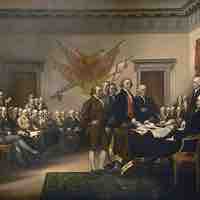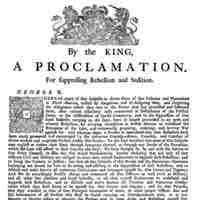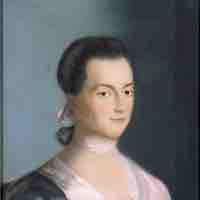Section 1
The Second Continental Congress
Book
Version 23
By Boundless
By Boundless
Boundless U.S. History
U.S. History
by Boundless
3 concepts

The Second Continental Congress
During the Revolutionary War, the Second Continental Congress acted as the national government of the Thirteen Colonies in rebellion.

Pursuing Both War and Peace
In 1775, the colonies proposed the Olive Branch Petition to reconcile with Britain and avert war, but King George III denied the petition.

The Declaration of Independence
In 1776, revolution was fomented by Thomas Paine, who wrote Common Sense; and by Abigail Adams, who advocated for women's rights. Both individuals influenced the development of the U.S. Declaration of Independence.